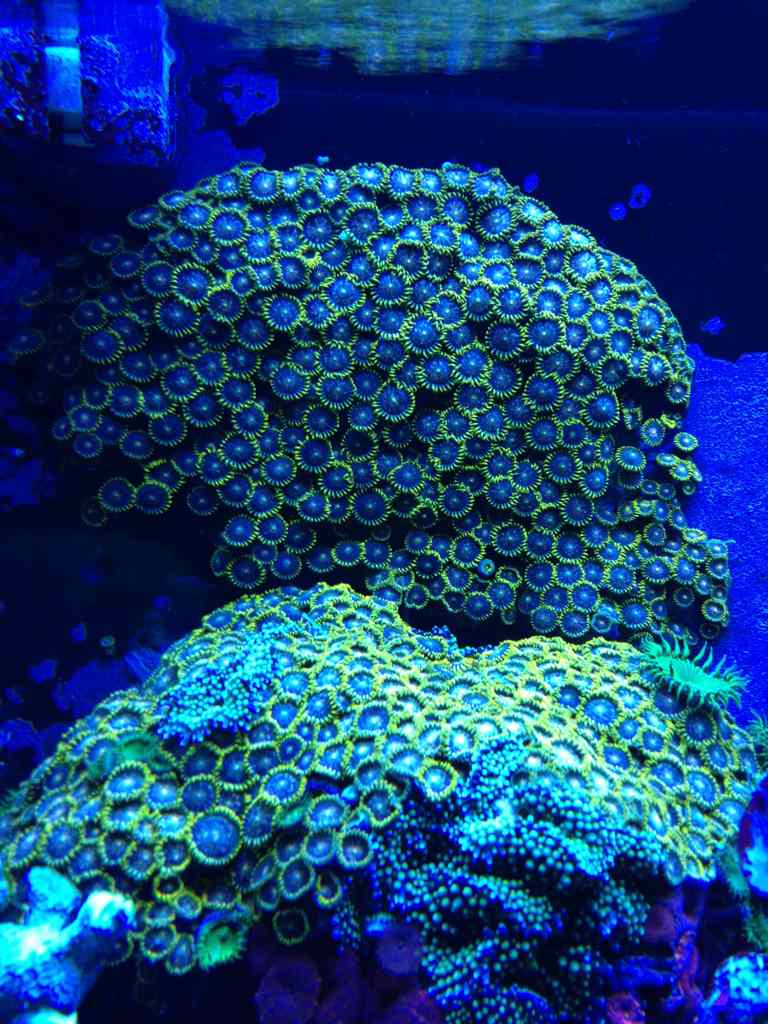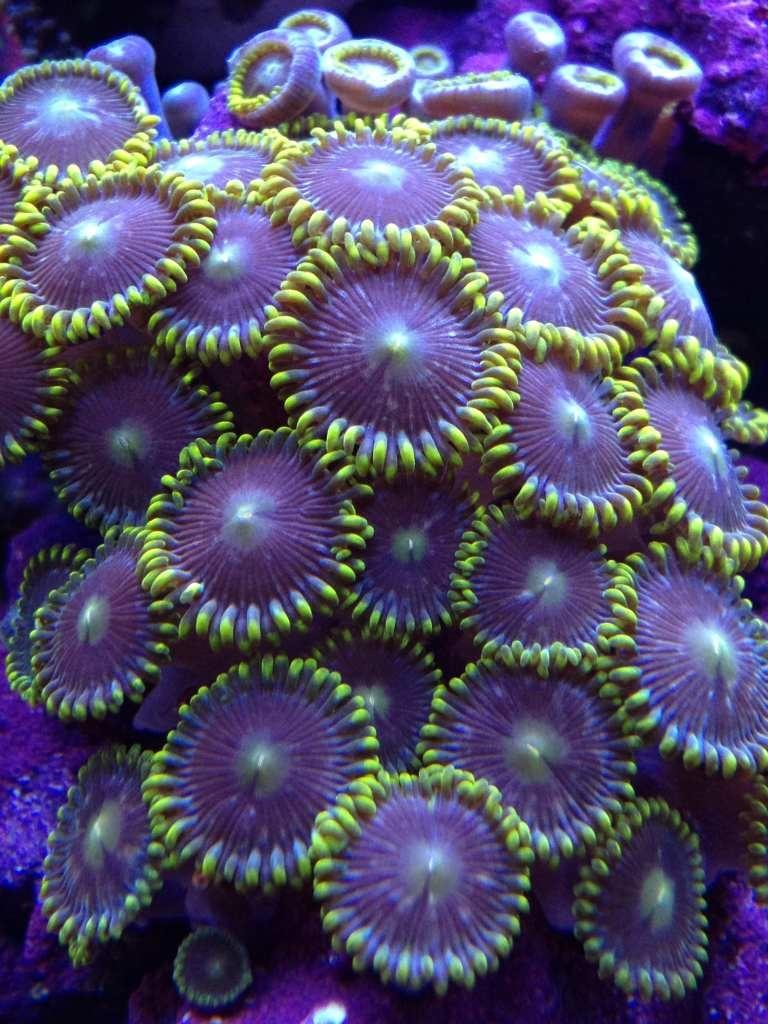- Joined
- Feb 15, 2012
- Messages
- 4,735
- Reaction score
- 3,412
:horn:Hello all,
I'm opening this thread to gather information from all zoa keepers.
What would be the best tips you would give to keep zoas healthy/ happy/ growing in the long run?
Experiences, failures, choices...
Light, water flow, target feeding, water chemistry, temperature, placement, quarantine, etc, etc, etc...
Please choose the most important subjects you can think of and post your thoughts.
Lets have a nice collection/exchange of info here, shall we? :thumb:
Hope so.
Grandis.
 eace:
eace:
I'm opening this thread to gather information from all zoa keepers.
What would be the best tips you would give to keep zoas healthy/ happy/ growing in the long run?
Experiences, failures, choices...
Light, water flow, target feeding, water chemistry, temperature, placement, quarantine, etc, etc, etc...
Please choose the most important subjects you can think of and post your thoughts.
Lets have a nice collection/exchange of info here, shall we? :thumb:
Hope so.
Grandis.
Last edited:




















